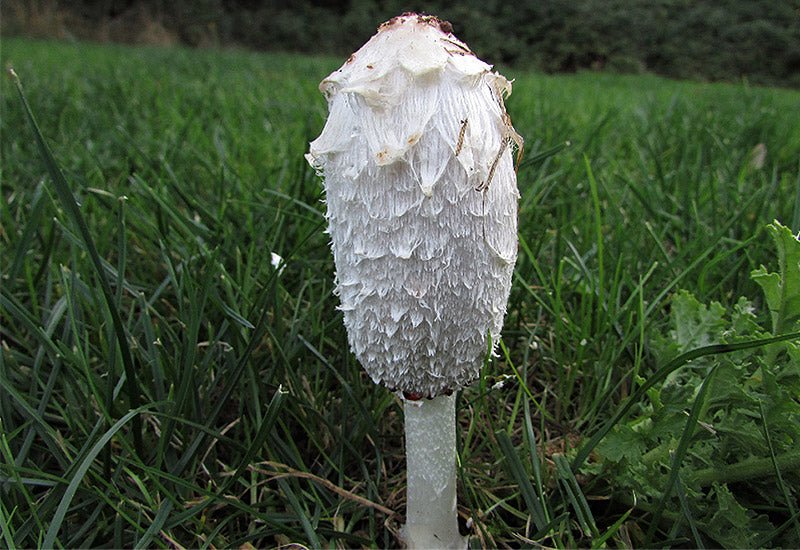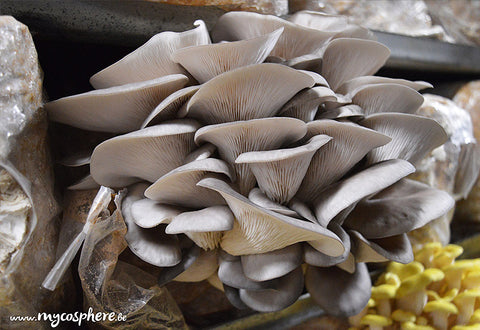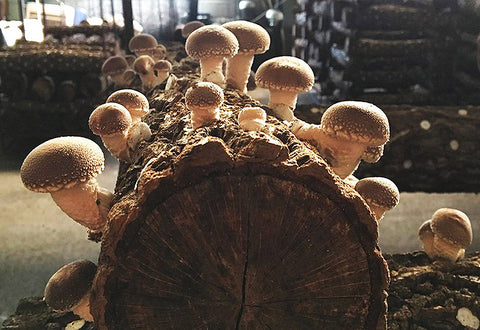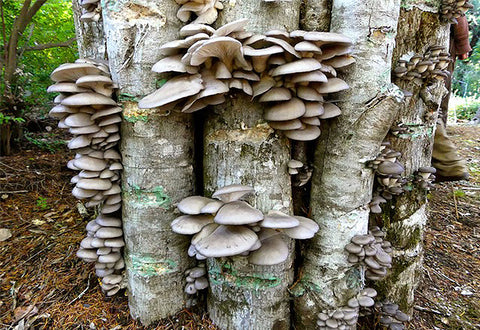Organic Coprin Mushroom Grain Spawn
- 🍄 MYCELIUM ON SHAggy ink cap seeds: Coprinus comatus, also known as shaggy ink cap or hairy ink cap, famous for its melting texture and delicate taste.
- 🌱 ADAPTABILITY: Adapts perfectly to substrates such as compost and wood and straw mixtures, providing great flexibility for growers.
- 💪 RAPIDITY OF GROWTH: This mycelium quickly colonizes its substrate, minimizing the risk of contamination and allowing rapid harvests.
- 🍽️ TASTE QUALITY: Sweet and slightly nutty flavor with a melting texture at the cap and crunchy at the stem, perfect for various culinary dishes.
- 🌍 LOCAL AND ORGANIC PRODUCTION: Certified “BE-BIO-01” by Certisys
-
+- 3 weeks (if in stock, within a week). Consult all our deadlines
Traduction en cours...






